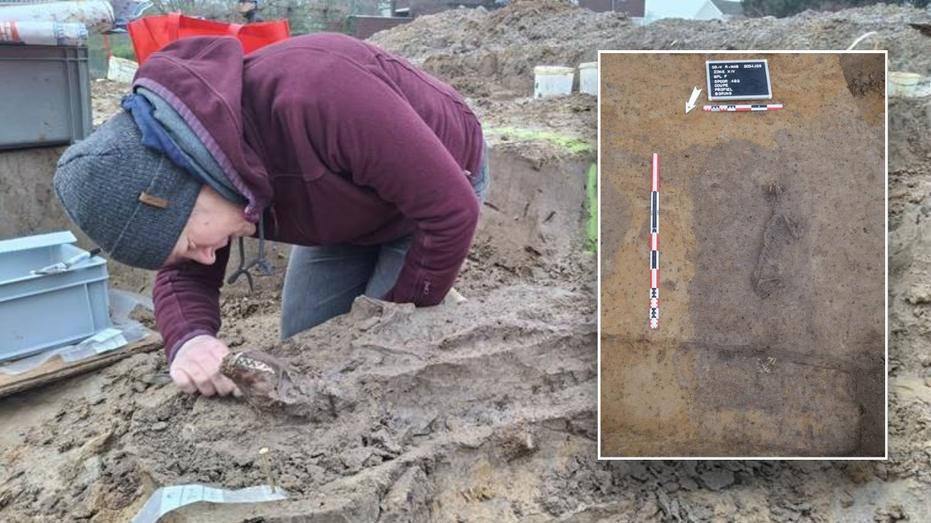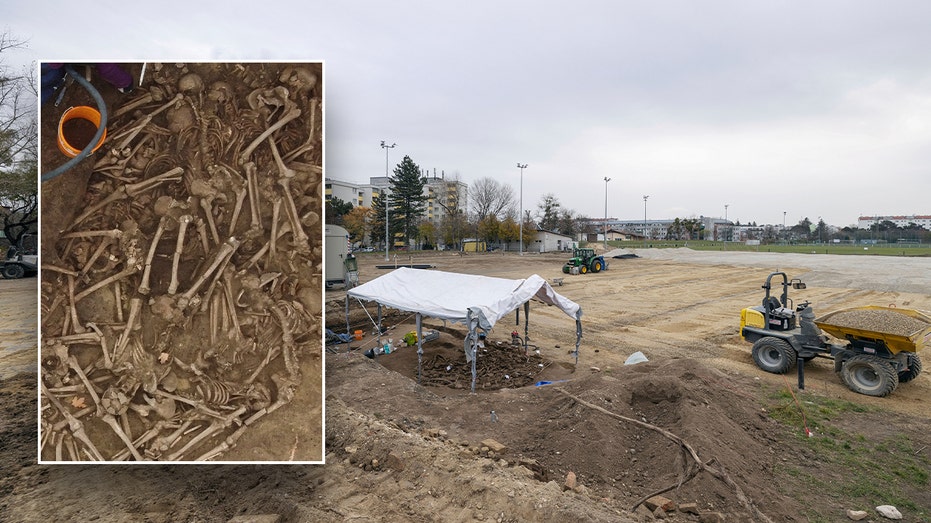- by foxnews
- 08 Apr 2025
India May Encounter Extended Visa Delays as US Implements Stricter Renewal Rules
Indian travelers may face extended visa delays as the US tightens renewal rules, reducing eligibility for drop-box renewals from 48 months to 12 months.
- by travelandtourworld
- 15 Feb 2025
- in travel

Indian travelers may face extended visa delays as the US tightens renewal rules, reducing eligibility for drop-box renewals from 48 months to 12 months.
The United States has returned to its pre-Covid visa renewal policy, potentially causing extended wait times for Indian travelers applying for visa renewals. The change, which reduces the eligibility window for drop-box visa renewals without an interview, is a significant shift that could disrupt travel plans and pose challenges for Indian applicants seeking to visit the U.S.
This policy now requires travelers to have a same-class visa that is either still valid or expired within the past 12 months to qualify for renewal without an embassy or consulate interview. Previously, during the Covid-19 pandemic, the U.S. government had expanded this eligibility period to 48 months to address growing backlogs and facilitate easier visa renewals.
In November 2022, when wait times for B1/B2 business and tourism visa interviews in India had stretched to nearly three years, the U.S. made a temporary adjustment to its policy. By expanding the eligibility for drop-box visa renewals to 48 months, the U.S. Embassy was able to process more visa applications without requiring in-person interviews. This move played a critical role in reducing the backlog for B1/B2 visa applicants in India, which had reached record-high wait times.
However, the reversion to the 12-month eligibility window now threatens to undo some of the progress made in reducing wait times. With more applicants likely needing interview appointments for visa renewals, the queues for interviews could lengthen further, causing disruptions for Indian travelers who rely on U.S. visas for business, tourism, and family visits.
The increased wait times for visa processing could pose a major challenge for Indian professionals, tourists, and families seeking to travel to the U.S. As India has become one of the largest overseas sources of visitors to the U.S., such disruptions could impact travel trends, especially for those planning to visit for work, education, or leisure.
Apart from visa delays, India-U.S. travel is already facing other hurdles, including limited direct flight options. U.S. airlines have reduced routes due to the inability to use Russian airspace, which has further complicated travel logistics between the two countries.
Despite these challenges, the demand for India-U.S. travel has been on the rise. In 2023, a record number of Indians traveled to the U.S., surpassing the 2019 pre-pandemic figures. India now ranks as the second-largest overseas source of international visitors to the U.S., trailing only the United Kingdom.
However, the reintroduction of stricter visa renewal policies, combined with existing logistical issues, may constrain this growth. Travel experts warn that extended visa processing times and fewer direct flights could deter potential travelers, affecting both leisure tourism and business engagements between the two nations.
Despite the challenges posed by extended wait times and policy changes, Indian travelers set a new record in 2023 for visits to the U.S. This remarkable growth highlights the deepening ties between the two nations in areas such as tourism, trade, and education. However, experts caution that continued delays in visa processing could impact future travel trends.
Indian students, business professionals, and tourists represent a significant portion of U.S. visa applicants. The extended wait times not only disrupt travel plans but also affect India-U.S. business collaborations and cross-border investments. With the U.S. being a popular destination for Indian students and professionals, addressing the visa backlog remains critical to maintaining the momentum in bilateral travel and engagement.
To address the growing concerns around visa delays, the travel industry and policymakers are calling for measures to streamline visa processing. Suggestions include expanding staffing at U.S. embassies and consulates in India, increasing appointment availability, and revisiting eligibility criteria for drop-box visa renewals.
The U.S. government has acknowledged the issue of long wait times and has made efforts to reduce backlogs. In late 2022 and early 2023, the U.S. Embassy in India deployed additional resources and hosted special visa interview events to speed up processing. However, with the return to the pre-Covid policy, these efforts may need to be intensified further to avoid renewed bottlenecks.
Despite the immediate challenges posed by the policy change, the long-term outlook for India-U.S. travel remains positive. Both nations share strong economic and cultural ties, and the demand for travel between the two countries is expected to grow in the coming years.
The U.S. continues to be a top destination for Indian travelers, whether for business, education, or leisure. Similarly, the Indian diaspora in the U.S. is one of the largest and most influential immigrant communities, further driving bilateral travel.
While the recent visa policy reversion may slow down travel plans in the short term, experts remain optimistic about the resilience of India-U.S. travel demand. However, addressing logistical and policy challenges will be crucial to sustaining this growth and ensuring smooth travel experiences for Indian visitors.
- by foxnews
- descember 09, 2016
Ancient settlement reveals remains of 1,800-year-old dog, baffling experts: 'Preserved quite well'
Archaeologists have recently unearthed the remarkably well-preserved remains of a dog from ancient Rome, shedding light on the widespread practice of ritual sacrifice in antiquity.
read more




